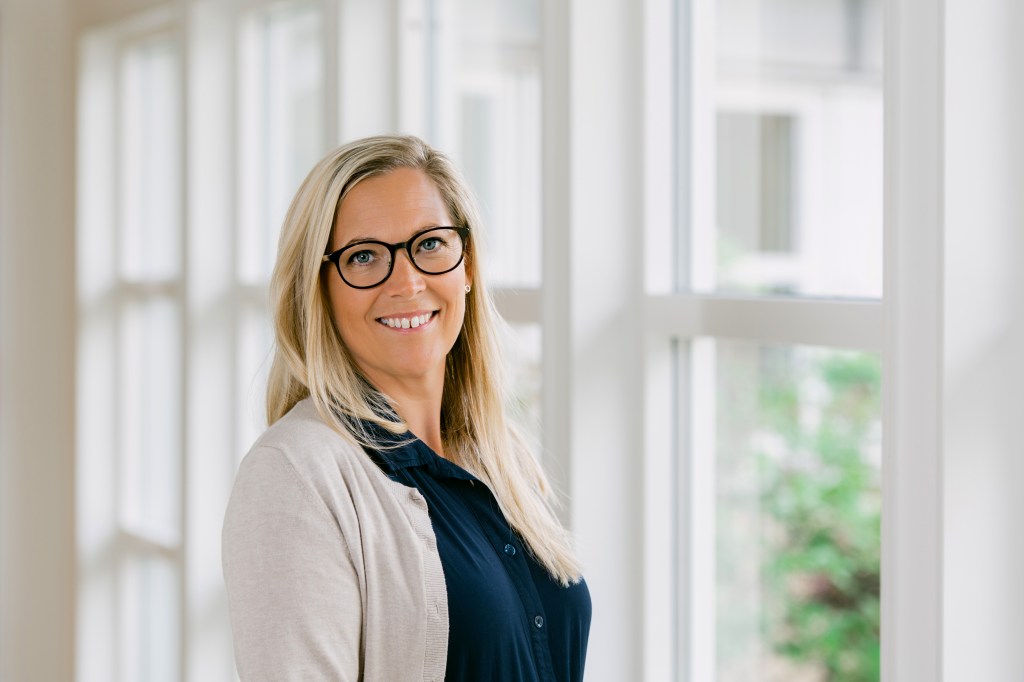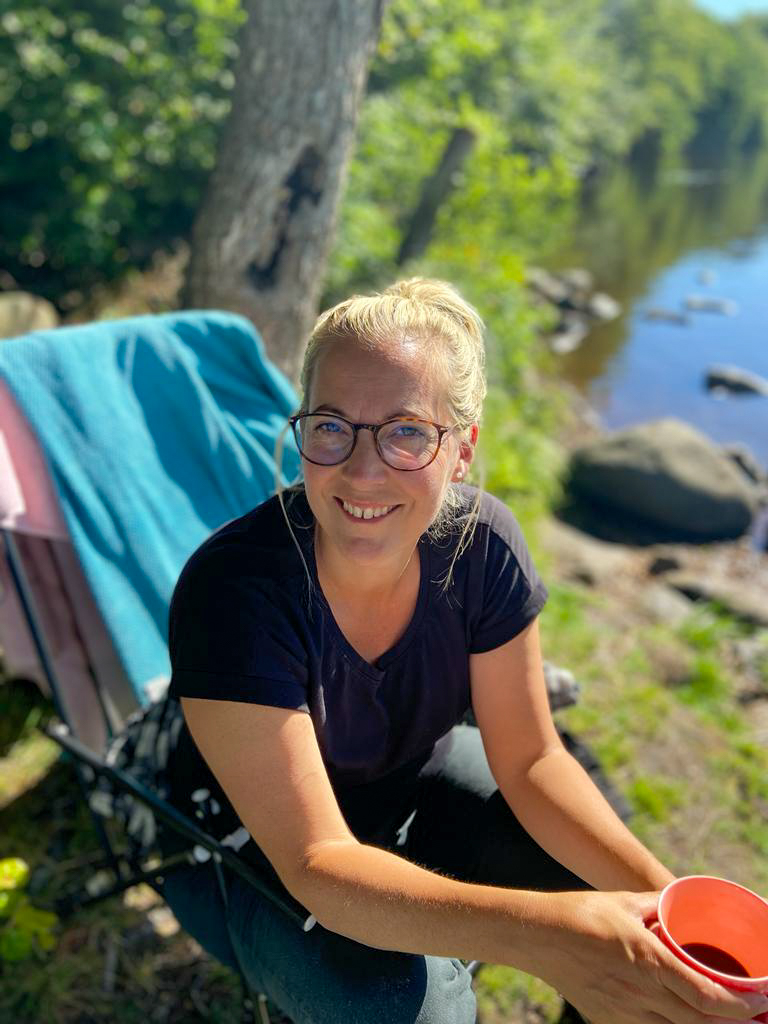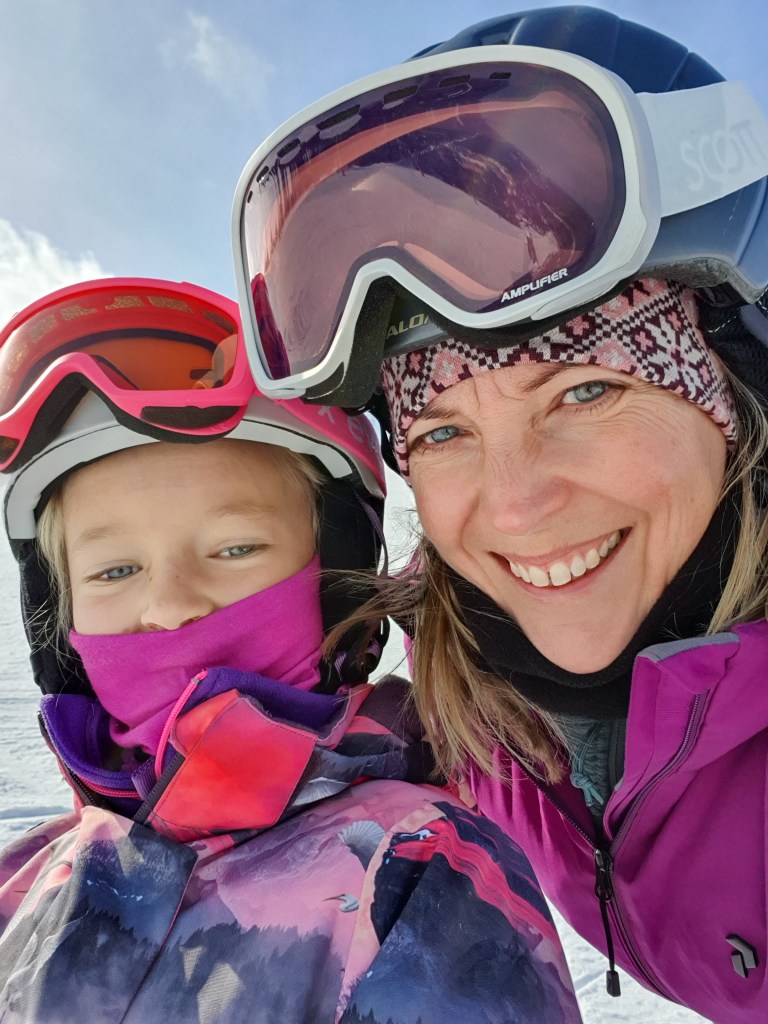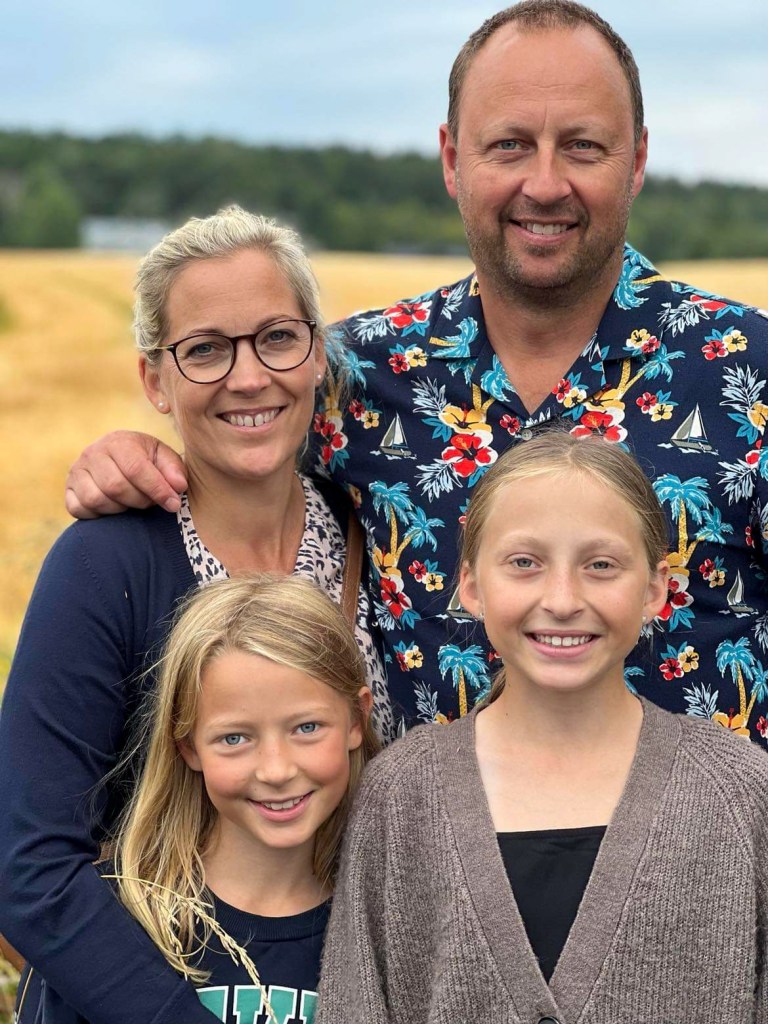It was geography that first put point-of-care testing provider HemoCue on Maria Fagerberg’s radar, but it’s serving her fellow associates—and customers—that’s kept her there for 18 years and counting. Below, Maria describes what it’s been like to build her career as the company has grown, explains how she encourages members of her Regulatory Affairs (RA) and Quality Assurance (QA) team to say “no” when they need to and shares what she’s excited to see as her work and HemoCue continue to evolve.

What do you do at HemoCue?
I head up our Regulatory Affairs and Quality Assurance department, which comprises a team of 25 exceptional people. On the regulatory side, we keep up to date on licensing and regulations in the countries where HemoCue devices are used. On the quality side, we support product development all the way from design through to production, launch and customer feedback. I have four direct reports, each of whom manages their own team within RA and QA, and my primary task is to ensure they have what they need. I want people to be able to approach their work in their own way—they can decide how they do what they do—but we meet one-on-one every week so I can support them if needed.
When I moved into this role that I have today a few years ago, I also joined HemoCue’s leadership team, and I’ve really enjoyed that collaboration. I have the opportunity to interact with stakeholders throughout the company, enabling us to make informed decisions together and keep our resources and energy aligned in the same direction.
Tell us about your path to HemoCue—and your path since you joined.
I’m a chemical engineer by training, but I always wanted to work in quality management—even during my time at university, that’s what interested me most. I joined HemoCue in 2004, and it was actually the location that initially caught my attention. I grew up in Ängelholm, and when the company I was working for in Copenhagen decided to relocate, I thought it was a good opportunity to explore my options back home. I also knew people who worked at HemoCue, and they had nothing but positive things to say. So I picked up the phone and called, and they invited me to come interview.
I started in what was then a very small Quality department, and did try out almost every position there—I worked with corrective and preventive actions, complaints, Operations and R&D. After a few years, they asked if I would be interested in building a new regulatory function to run licensing globally. I didn’t have a lot of regulatory experience, but I said yes and grew that team to what we now have in place. I really enjoyed being part of its evolution—there was lots of learning by doing, which I like! I was in that role for 12 years, until I got this position.
What have you learned from the different leaders you’ve worked with—and how has that shaped your leadership style?
They’ve all been experts at different areas within quality and regulatory. Some helped me think more about the big picture and take a high-level view. Others were experts in the requirements and helped me learn all the details. But beyond that, they’ve all had an impact on me as a people manager. When I was new to HemoCue, for example, I had one leader who really helped me believe in myself. She pushed me to look at what I could actually do, instead of focusing on what I didn’t know how to do yet. I started to think, “Well, why not?”
I had another leader who was really focused on talent management; she’d only been with the company a few weeks when she sat me down and asked when I wanted a role like hers. I did want it, but I didn’t think I could say that! She encouraged me to go for it, and she helped me get prepared for when that opportunity came. That’s something I try to do for my associates now—encourage them to articulate where they see themselves, now and in the future, and then coach them toward that and work together on a plan to make it happen. I see the leaders I manage working towards the same thing for their teams.





What’s the culture like at HemoCue—and on your team specifically?
I think one of the advantages of being a smaller company is that we’re very collaborative. No matter what role you’re in, you’re close to everything. You have a sense of what’s going on and who’s working on what, and you know everyone, more or less. That makes it very easy to reach out.
We also try to get to know each other as people, not just colleagues—that’s especially important now that we’re hybrid, with some people working remotely. We have to dare to talk about the soft things, because we’re all humans and we all have feelings. Sharing them makes for better discussions and helps us learn. In one of our teams, for example, we do “temperature checks” twice a week where we check in on workload, support needed, and we send out regular surveys where people can share how they’re feeling. Then we discuss the results of those surveys as a team, and if we see a negative trend, we talk about how to solve it. BUT also, focus on what is working really well so that we ensure to sustain that.
This is something we’re working on as a leadership team, as well—we want to be very clear about what our overall priorities are, so we quickly can align and redirect if we need to set a lower-priority project aside and focus our attention elsewhere. Then we take that mindset back to our teams, so they can feel comfortable, too. Saying no is difficult for all of us; we think, “I can do a little more. I can manage.” You have to practice—and know each other well—before you can start to say, “I need help,” or “Actually, I don’t have the bandwidth for that right now.”
Tell us about some of the challenges you and your team have worked on.
The difficult stuff is what’s really fun! One ongoing challenge is keeping up with regulations in 130 countries with a regulatory team of around 10 people, and even though it is an extremely big and challenging task, the cooperation we have and the learnings we do are highly motivating. Priorities are key—we have to know where the biggest and most important changes are happening. Building our network has also been helpful; colleagues in other Danaher businesses can help us stay on top of what’s going on.
Another challenge that comes to mind is adapting to the EU’s new IVDR, or In Vitro Diagnostic Regulation. It’s a much more stringent requirement than before, and has been a make-or-break factor for companies in our space.
On the Regulatory team, we started preparing in 2015—getting involved in the industry groups that helped develop IVDR, and discussing it thoroughly with our colleagues inside HemoCue, so that everyone understood what it would mean for the company and how we together could succeed. From there, we worked to balance what was really needed with what was nice to have, and I think we’ve seen that strategy pay off; while some companies that didn’t manage the transition well need to drop off, we’re still going strong.

What are you looking forward to?
The IVDR project is a good example of how RA and QA can play a key role in the business, and continuing that journey is what’s most interesting to me. I think there’s so much more to explore in terms of the ways we can add value—for HemoCue as a company, and ultimately for our customers. It’s one thing to be compliant, but how do we take that to the next level and for example build a truly world-class management system supporting all employees at HemoCue and our customers in the very best possible way?
We’ve already seen the benefit of having cross-functional collaboration start earlier in the development process; you never know when insight from RA will be critical. Now, the next step is what we’re thinking of as “quality made easy.” We do not want to add complexity, we want to talk with the rest of the company about how to make it seamless for them to ensure compliance. We’re working with them to understand what they do and how, and then asking, “How does that work for you? Would this change help?” The tools and processes of the Danaher Business System are really useful for those conversations, because it’s a shared language we can use to investigate why we do things the way we do, and see if there are opportunities to improve.
It’s a step-by-step process, and we know that our team can’t create quality on our own. It’s something we’ll do together, as a company. But we are seeing the connection now between doing RA and QA well and helping the business grow, and that’s exciting.

Leave a Reply